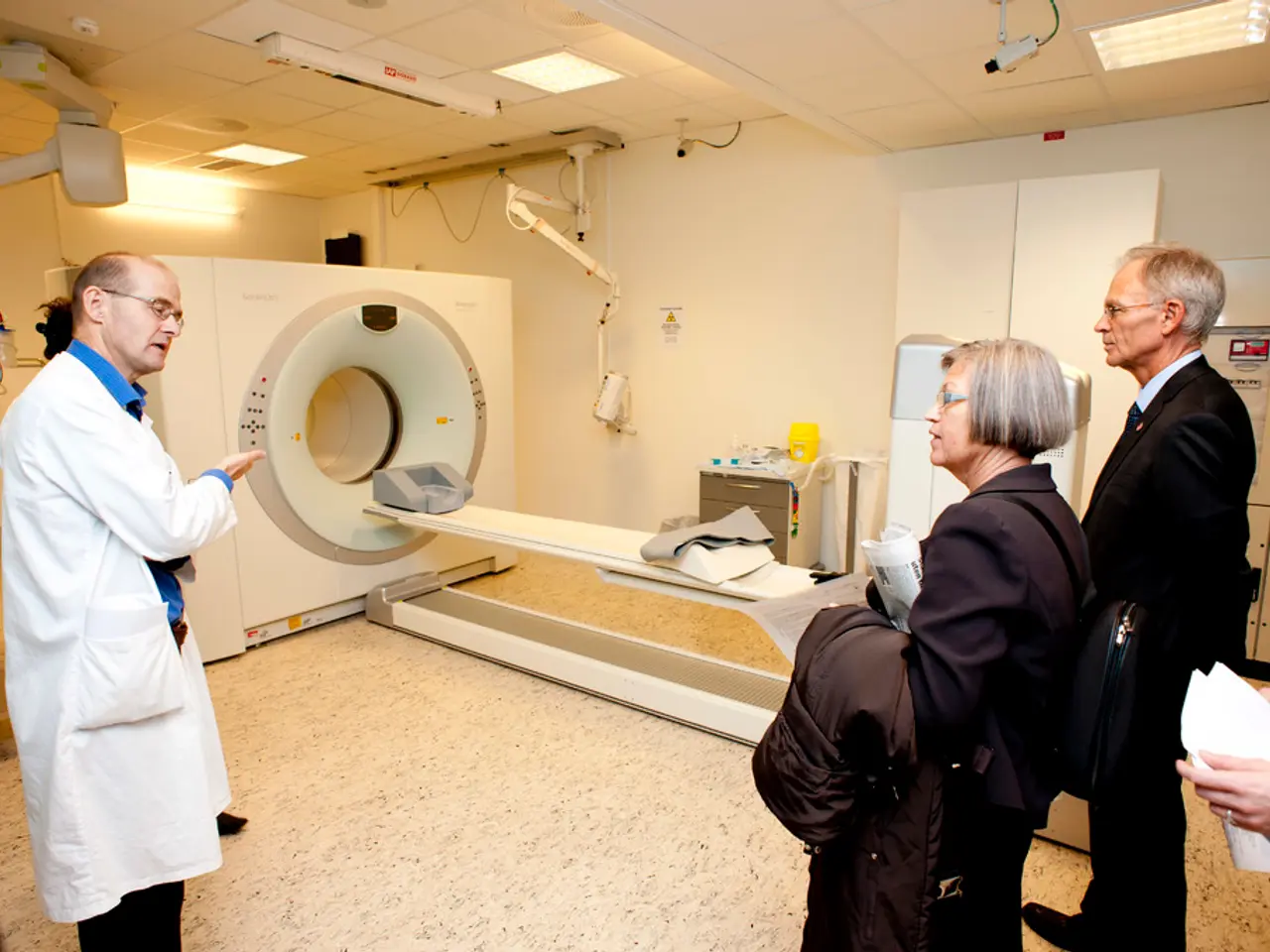Analysis reveals the potential for progress in early disease detection, as two revolutionary studies introduce methods to estimate brain aging speed, possibly enabling preventative measures against illness, even before symptoms manifest.
In a groundbreaking development, researchers at Duke University and the University of Otago in New Zealand have developed an algorithm-based biomarker called DunedinPACNI, which can estimate a person's aging rate using standard MRI scans. This innovative approach, combined with the findings from a separate study by researchers at Stanford University, offers a promising avenue for personalized medicine and the early detection of neurodegenerative diseases.
The Stanford study, led by Professor Tony Wyss-Coray, assessed the biological aging of 11 major organ systems, including the brain, heart, and kidneys. The research demonstrated clear links between biological age and health outcomes, showing that older organs predicted disease while biologically younger ones were protective.
According to Professor Wyss-Coray, the Stanford research advances our understanding of aging and how to measure it. The study used a blood test based on protein biomarkers to estimate the biological age of specific organs in the body.
The Duke/Otago study, on the other hand, harnessed the power of MRI technology that is already common in many clinical settings. The researchers developed DunedinPACNI by analysing more than 50,000 brain MRIs across four datasets and longitudinal data from the famed Dunedin study, a cohort of 1,037 individuals born in 1972-1973 in New Zealand.
DunedinPACNI identifies key structural markers such as cortical thinning, hippocampal shrinkage, and other region-specific atrophy patterns to estimate brain deterioration and cognitive decline. The biomarker remains a relative measure, comparing individuals to others in the same dataset, but reference norms are under development for broader use.
The accuracy of MRI-based biological brain age prediction lies in its ability to leverage detailed brain structure data combined with sophisticated AI models. Deep learning and machine learning approaches can learn complex patterns in MRI data that traditional methods might miss, leading to improved prediction performance.
These models extract features related to brain morphology (such as cortical thickness, gray matter density, and tissue integrity) to estimate a person's "brain age"—a biomarker that reflects the biological state and health of the brain beyond chronological age. Predictive models often compute a "brain age gap," the difference between predicted brain age and chronological age, which relates to accelerated or decelerated aging.
This gap correlates with cognitive decline and risks of dementia and other disorders, providing clinically relevant insights. Tools like DunedinPACE use a single midlife brain MRI scan to estimate the rate of aging with implications for forecasting lifespan and diseases such as Alzheimer's disease.
Incorporation of longitudinal MRI data (repeated scans over time) further enhances prediction accuracy by tracking brain changes dynamically. Radiomics features extracted from brain MRI (quantitative texture, shape, and intensity measures) improve risk stratification for conditions like mild cognitive impairment progressing to Alzheimer's.
Kristine Yaffe, director of the Center for Population Brain Health at the University of California, San Francisco, called both studies high-quality, large-scale, and highly complementary. According to Yaffe, the combination of both Stanford's and Duke/Otago's research approaches may offer the greatest promise for personalized medicine.
Having an older brain increases the risk of dementia threefold, and having a "young" brain lowers the risk of death by as much as 40%. The new research shows that having an "old" brain raises the risk of death by 182% over about 15 years compared to people whose brains are aging normally.
These findings underscore the importance of regular brain health checks and the potential of MRI-based biological brain age prediction in early detection, monitoring, and risk assessment of brain health and neurodegenerative diseases.
- The development of DunedinPACNI, an algorithm-based biomarker, using MRI scans, allows for the estimation of a person's aging rate in relation to their brain's health and deterioration.
- The Stanford study, led by Professor Tony Wyss-Coray, evaluated the biological aging of 11 major organ systems, including the brain, heart, and kidneys, and demonstrated links between biological age and health outcomes.
- The accuracy of MRI-based biological brain age prediction lies in its ability to leverage detailed brain structure data combined with sophisticated AI models, which can learn complex patterns in MRI data missed by traditional methods.
- The combination of the Stanford and Duke/Otago research approaches may offer the greatest promise for personalized medicine, early detection, and monitoring of neurodegenerative diseases and brain health.
- Regular brain health checks, including MRI-based biological brain age prediction, are important for risk assessment and early detection of neurodegenerative diseases such as Alzheimer's.
- Surprisingly, having an older brain increases the risk of dementia threefold, while having a "young" brain lowers the risk of death by as much as 40%.
- Understanding and addressing mental health, neurological disorders, aging, cbd, skin care, nutrition, fitness and exercise, medical-conditions, history, science, and therapies and treatments are crucial aspects of maintaining overall health and wellness.




